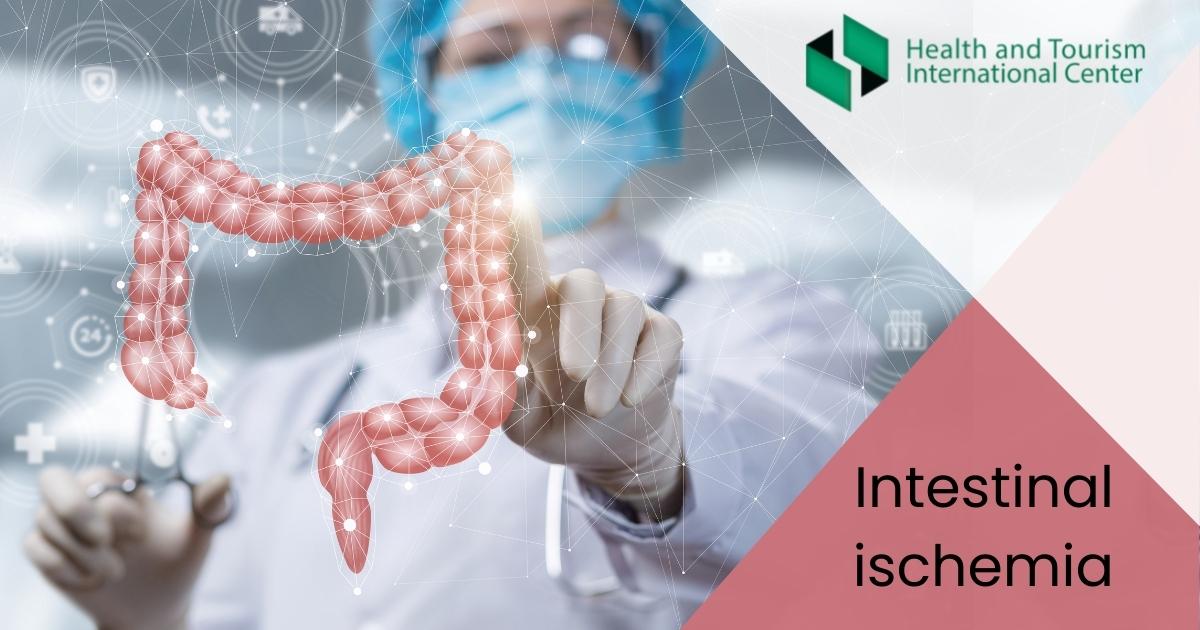Methods of diagnosis and treatment.
Intestinal ischemia is a serious condition - a pathological process can develop in both the small and large intestines or in both organs.
This diagnosis means that the blood vessels in the intestines are narrowed or closed, thus impairing the normal process of blood circulation.
In acute clinical cases, amid cessation of blood flow, intestinal tissue may be significantly damaged - the risk of complications increases due to the injury and is quite likely to even end fatally.
Diagnosis
If your doctor suspects intestinal ischemia, you may undergo several diagnostic tests, based on your signs and symptoms, including:
- Blood tests.
- Imaging tests that may include an X-ray, ultrasound, CT scan and MRI.
- Colonoscopy.
- Dye that tracks blood flow through the arteries.
- Exploratory surgery. In some cases, you may need exploratory surgery to find and remove damaged tissue.
Treatment
The main goal of treatment of intestinal ischemia is to restore the normal process of blood circulation in the digestive system.
The method of treatment depends on the general state of health of the patient, the cause and severity of the disease.
To prevent or cure the infection, your doctor may prescribe a course of antibiotic treatment.
If the large intestine is damaged, surgical intervention is necessary to remove the dead tissue.
Surgery may be needed, for example, to remove a blood clot, excise a damaged segment of the intestine, and so on.
Angioplasty procedure is performed to dilate narrowed arteries; In some clinical cases, a stent insertion into an artery is effective.
If on the basis of diagnostic studies, it is determined that the intestine is not damaged, a course of treatment with anticoagulants is prescribed for several months.
Source:
https://www.mayoclinic.org/diseases-conditions/intestinal-ischemia/diagnosis-
treatment/drc-20373950

